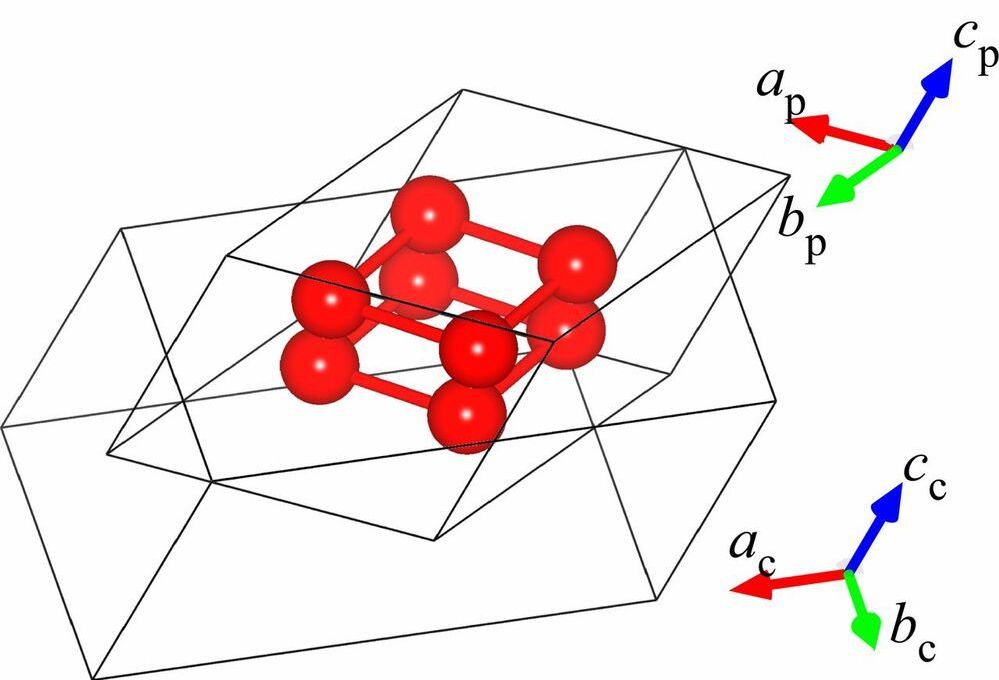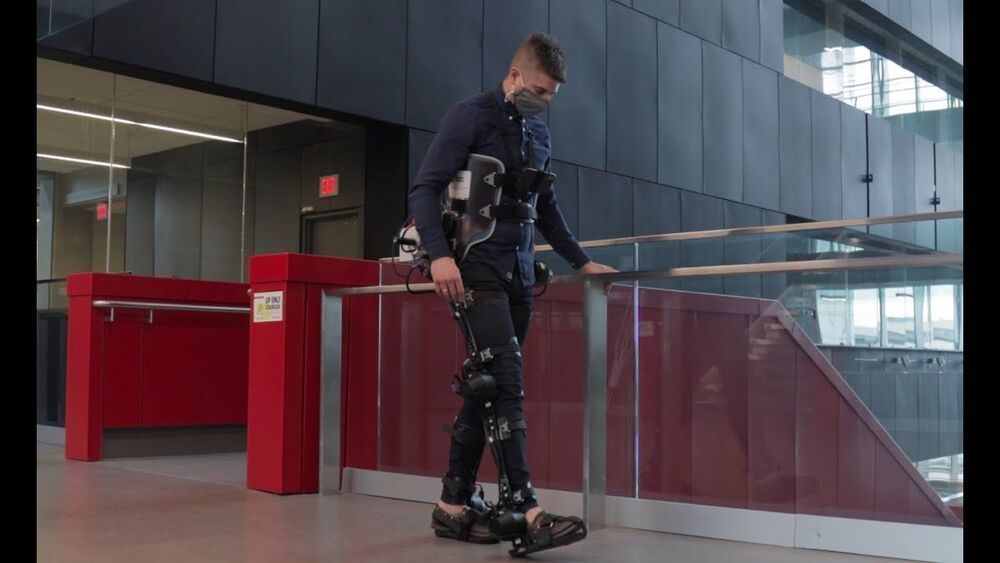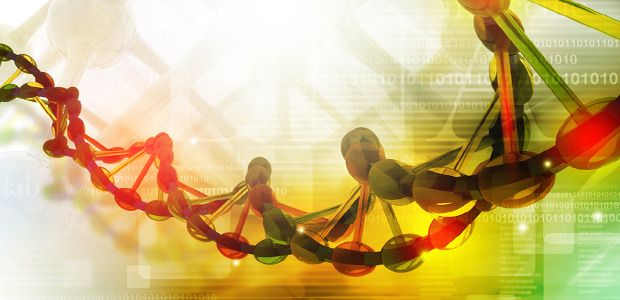Apr 18, 2021
Electronic structure of dense solid oxygen from insulator to metal investigated with X-ray Raman scattering
Posted by Quinn Sena in categories: materials, transportation
Oxygen diatomic molecules have lone-pair electrons and magnetic moments. A high-pressure phase called epsilon oxygen is considered stable in a wide pressure range. This material exhibits the transition to metal at ∼100 GPa (1000, 000× atmospheric pressure). The change in the electronic structure involved in the transition under pressure is difficult to measure using conventional methods. In this study, the electronic structures of oxygen have been successfully measured with oxygen K-edge X-ray Raman scattering spectroscopy. We found a change in the spectra related to the metallization of oxygen. Another change in the electronic structure was also observed at ∼40 GPa. This is likely related to the semimetallic transition.
Electronic structures of dense solid oxygen have been investigated up to 140 GPa with oxygen K-edge X-ray Raman scattering spectroscopy with the help of ab initio calculations based on density functional theory with semilocal metageneralized gradient approximation and nonlocal van der Waals density functionals. The present study demonstrates that the transition energies (Pi*, Sigma*, and the continuum) increase with compression, and the slopes of the pressure dependences then change at 94 GPa. The change in the slopes indicates that the electronic structure changes at the metallic transition. The change in the Pi* and Sigma* bands implies metallic characteristics of dense solid oxygen not only in the crystal a–b plane but also parallel to the c axis. The pressure evolution of the spectra also changes at ∼40 GPa.
















